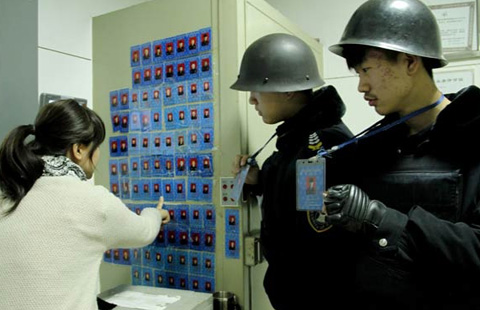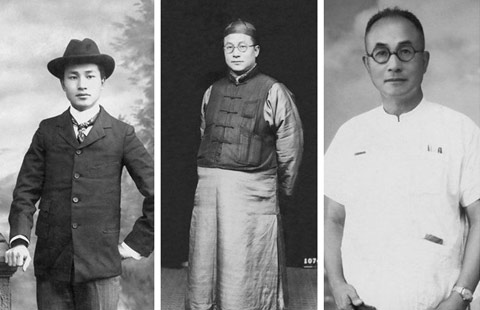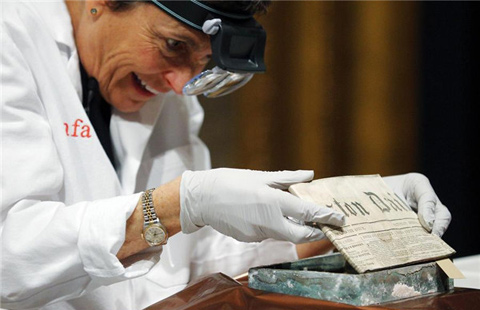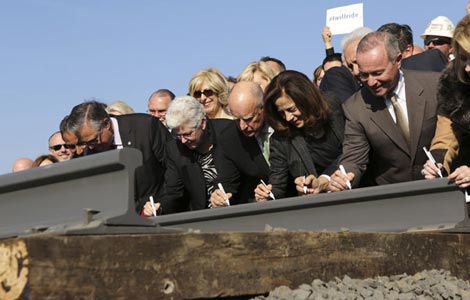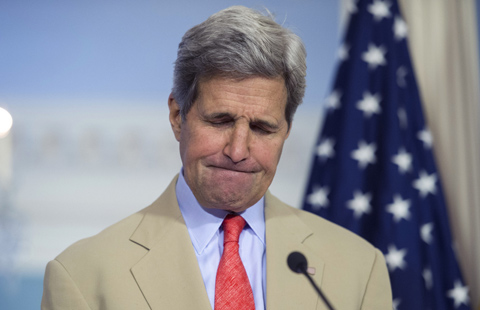Jet closer to market-entry clearance
Updated: 2015-01-06 07:45
By Wang Wen(China Daily)
|
||||||||
Trying times for local industry
Since a Chinese engineer named Feng Ru set up a company in Guangdong province to build aircraft in 1909, the Chinese aviation industry has experienced twists and turns in the past 105 years.
After World War II, the global aviation industry moved from military to civil aviation, and China tried to catch up with its Y10 four-engine narrow-body aircraft, developed in Shanghai in the 1970s.
However, the program was canceled in the early 1980s.
"We did not have airworthiness standards or test pilots for the Y10, and the authorities did not have an airworthiness division at that time," said Cheng Bushi, deputy chief designer of the Y10, explaining why the aircraft was not certified although it made several test flights.
The Y10 program alerted authorities to the importance of airworthiness, and Commercial Aircraft Corp of China established an airworthiness division in 1987, Cheng said.
China established its airworthiness certification system in the following years and awarded certifications based on various regulations to some homemade aircraft, including the MA60 and Y12.
As the only Chinese aircraft to attain airworthiness certification based on the CCAR-25 standard, which is for transport aircraft of takeoff weight of 5,700 kilograms or more, it took the ARJ21 six years to obtain the certification, surpassing the Boeing 787 for the longest airworthiness process in the world.
A lack of experience, human resources and capital was among the reasons behind the aircraft's long journey to certification.
Safety steps
Required steps before new aircraft are approved:
. Airworthiness certificate:
The national aviation authority issues this to an aircraft to certify that it is airworthy according to its design type. Airworthy means the aircraft can fly safely, including takeoffs and landings. Usually, the aircraft has to go through three major tests to prove its airworthiness, including type and production standards.
. Shadow review:
A necessary step for the US Federal Aviation Administration before entering into bilateral safety agreements. The shadow review aims to reduce repetitive work on airworthiness based on the CAAR-25 standard. The priority is to assess the Chinese civil aviation authority's regulations and ability to certify airworthiness. The FAA also reviews the aviation authority's understanding and application of US airworthiness standards.
. Ice protection system test:
An important item for certification of commercial aircraft, as ice formation is a major threat to flights. Both the Chinese and US authorities have strict requirements in this area. The testing team in China waited four years without any results. The ARJ21 manufacturer applied to fly the aircraft to North America, although it was a challenge for the regional jet to fly an international route.
The testing team spent half a month checking off all the required items of the ice protection system in Canada, and the aircraft made its maiden flight around the world in 2014.
Most Viewed
Editor's Picks

|

|
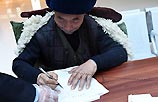
|

|

|

|
Today's Top News
Hunt for 2 in French shooting; 1 surrenders
Air China's new Boeing 747-8 lands
US law firms grow in China practice
US says Palestinians not 'eligible' to join ICC
CFA nominate a Canadian to manage referees
US 'disappointed' over Taiwan flag-raising
12 people killed in Paris shooting
Spain's Prisa says suspect parcel not dangerous
US Weekly

|

|

